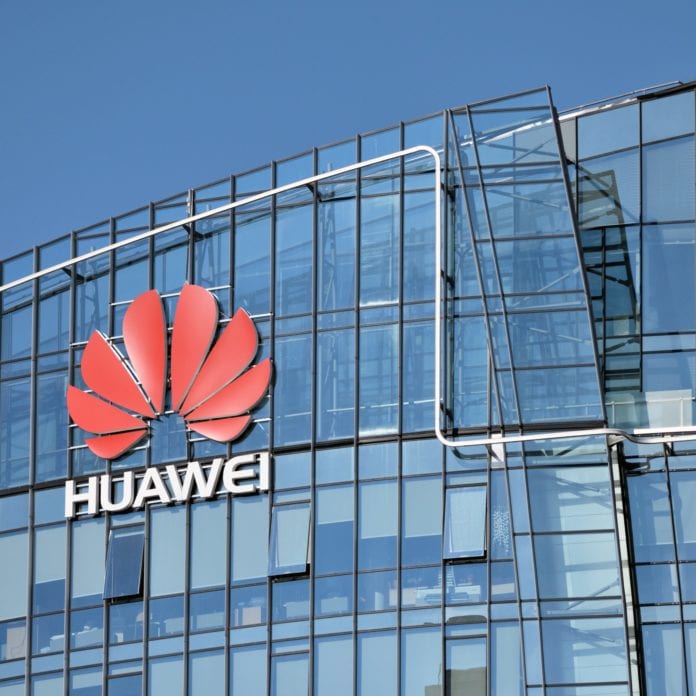After the Huawei Annual Analyst Summit, there are still so many questions. This was their 21st such gathering, and once again, it was very impressive. The theme was “Thrive with Intelligence.” They did a great job of explaining how new technology would change our world. That being said, after the last several years in crisis mode, and even though they appear to now be in recovery mode, the next question is obvious. Is their recovery going to be short-term or long-term?
Huawei has gone through the wringer in the last several years thanks to the United States regulators over security and privacy concerns. That being said, I admire how they pulled themselves up by their bootstraps and began their recovers.
Is Huawei recovery and growth for the long-term?
The presentation was top notch, that nagging question remains. Huawei is performing well in their short-term recovery, so far. The next question is will this transition into the long-term? Are they out of danger?
Or will the countries concerned with privacy and security continue to put downward pressure on the company’s upward performance.
This is the battle Huawei finds itself in.
The truth of the matter is, we cannot yet tell at this early stage what the future of Huawei is. That’s why at this early point I tend to think it may be a mixture going forward for years to come.
History of Huawei, strengths and weaknesses
On one hand, the performance of Huawei was stellar for many years. Globally, in fact. Then as concerns about security and privacy intensified, the company had no way to prove they were harmless.
Huawei faced one of those cases where they can’t prove a negative.
Finally, a few years ago, they got hit hard by US regulators and other countries as well. They were asked to pull out. So, Huawei pulled themselves out of the spotlight and spent time working on their response and hopefully, potential recovery.
You see China and the United States look at the matter of privacy through two different lenses.
Chinese companies use technology to monitor their own society. Not for spying purposes, but for societal management. They see technology as a path to success and stability.
The United States see this as being too nosy. Beyond that, how no outside company should know that much about us.
This creates a conflict.
That being said, we have the same problem and concern with other firms like Google, Facebook or Meta and so many others with regards to privacy and security. Yet, they continue.
After a year or two, Huawei suddenly re-entered the fight last year. And while their performance has been good during the past year, it has not been that long yet. So, we can’t tell whether this recovery is solid going forward for the long run. Not yet anyway.
Huawei performance reminds me of the scene from the original “Top Gun” movie when pilot Maverick, played by Tom Cruise, who when overwhelmed, took himself out of battle and disappointed everyone. Then after having a moment with a word with the memory of his past friend Goose, suddenly he returned to the battle and ultimately won.
Huawei and Qualcomm are top players in wireless race
This Huawei Annual Analyst Summit showed that’s how they want to be seen. They want to recover, long-term and continue to grow. They want to recapture their strength and growth. And that appears to be the path they are currently on.
That is why the next question is clear: Can this performance continue?
Unlike the movies, getting a solid answer does not come withing 3 hours. Rather, it takes time. Years. Then they have to remain in that same winning position going forward.
Huawei has been an important player in the competitive wireless industry. Has been for the last couple of decades. In fact, both Huawei and Qualcomm are the top two companies in this space, globally.
Is Huawei recovery mode going to last for the long-term?
They are expanding into many other areas of technology as well like artificial intelligence, 5.5G, 5G-A, IoT and more. This kind of atmosphere is always exciting all by itself with plenty of growth opportunities, as well as risks and challenges.
Over the past year Huawei appears to be in the early stages of recovery mode. While that is impressive, the next question remains; will recovery transition to long-term?
Hopefully, they will stay on the recovery track. Hopefully, they will also move from the recovery track to the longer-term growth mode once again.
So far, so good. However, it will take more time to really know.
I wish Huawei success and growth. I also wish that same for Qualcomm, Ericsson, Nokia and countless other U.S. and global wireless competitors.
I want the marketplace to reward all these powerful companies.
Other leading companies have failed like Blackberry and Motorola
We have been here before as other past wireless leaders like Blackberry, Motorola, Palm and so many others. They all veered off the growth mode. They were replaced by the next generation of technology like Apple iPhone, Google Android and Samsung Galaxy in a completely new direction.
The wireless industry continues to grow and shift with new technology. As for Huawei long-term growth, only time will tell.
I continue to wish them success and hope their recovery will be long-term. There are plenty of countries in the world which are Huawei customers. I have the same hope for success with all the competitors.
Huawei is doing the right things today. Going forward, I hope they give me plenty to write about on their road to recovery. Just know, this will take time. We will not know for sure until several years pass. So, let’s keep our eyes on them and hope for the best.

